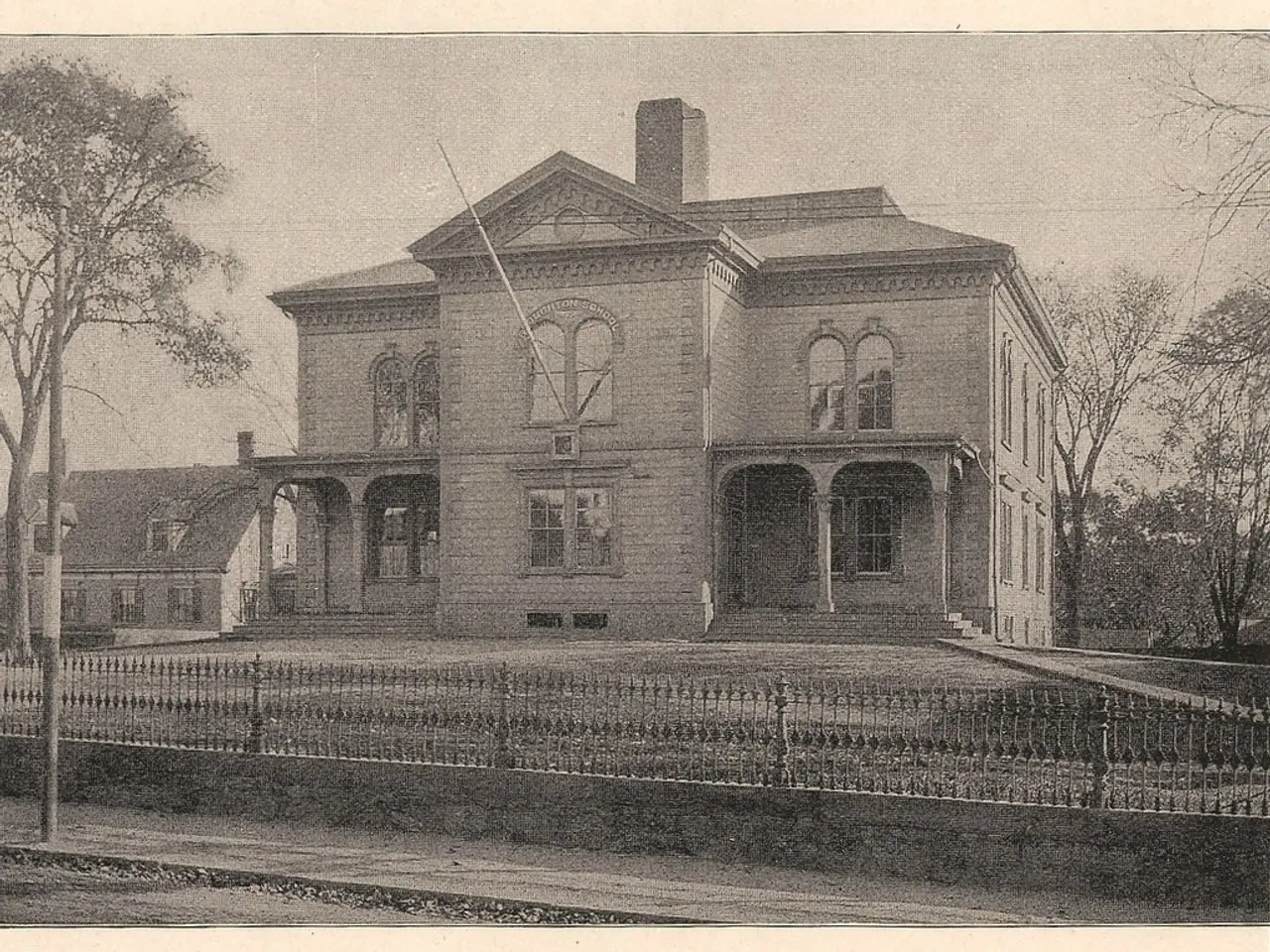Calculating Fence Length for Half Acre Properties: A Detailed Breakdown
Calculating the Fencing Needs for an Irregular Half-Acre Property
If you're planning to fence a half-acre property with irregular shapes and obstacles, here's a step-by-step guide to help you accurately calculate the total linear footage of fencing needed.
Step 1: Determine the Property Boundaries
Walk the perimeter of your property to identify all edges, including any islets or obstacles where fencing is not needed or will be adjusted.
Step 2: Divide the Irregular Shape
Because the property is irregular, break it down into smaller straight-line sections defined by boundary markers or coordinates.
Step 3: Measure Each Side Accurately
Use a measuring tape, surveyor’s wheel, or GPS tools to measure the length of each boundary segment. If you know the coordinates of vertices, you can apply the distance formula to find lengths between points.
Step 4: Add All Side Lengths
Sum up the lengths of all segments that form the perimeter, including adjustments for any irregular features or fencing exclusions.
Step 5: Adjust for Obstacles or Non-Fenced Areas
Deduct lengths where fencing is not required (e.g., natural barriers, existing walls) and add fencing around obstacles inside the property if needed.
Step 6: Consider Professional Survey
For highly irregular shapes or complex layouts, a land surveyor can provide exact coordinates and perimeter measurements, minimizing errors.
Step 7: Convert Area Knowledge to Support Perimeter Planning
Knowing the property is half an acre (~21,780 sq. feet) can help validate measurements and ensure scale accuracy, though the perimeter is based on boundary lengths, not area directly.
Planning Costs and Materials
Measuring the total perimeter in linear feet or meters is essential since fencing is purchased and priced by linear footage. Home improvement stores like Lowe's and Home Depot often provide fence planning services.
Regulations and Considerations
Check with local authorities regarding any fencing regulations before starting a project, as there may be specific rules regarding fence height, materials allowed, setback requirements, and permit requirements. Setback requirements are local regulations that dictate how far a structure (including a fence) must be from the property line.
Fencing Types
A square lot requires less fencing than a long, narrow rectangle for the same area. Panel fencing, such as wood privacy fences or vinyl fences, comes in pre-fabricated panels of specific lengths (e.g., 6 feet or 8 feet). Wire fencing, such as barbed wire or woven wire, is commonly used for agricultural purposes and is sold in rolls. Post spacing is crucial for wire fencing.
Remember to add extra fencing material to your initial estimate to account for errors in measurement, uneven terrain, and potential waste during installation. Always locate underground utilities before digging to avoid damaging pipes or cables. Hiring a professional fencing contractor can ensure that your fence is installed correctly and safely.
[1] Distance Formula [2] Fencing Pricing [3] GPS Tools for Measurement [4] Area and Perimeter Relationship
In the planning process for a home-and-garden project, one might consider lifestyle factors such as the type of fencing needed to complement the desired aesthetic, given this property's irregular half-acre shape.
Before purchasing fencing materials, it's important to calculate the total linear footage needed for fencing, which is determined by measuring the perimeter of the property, as mentioned in the steps provided for calculating fencing needs for an irregular half-acre property.




